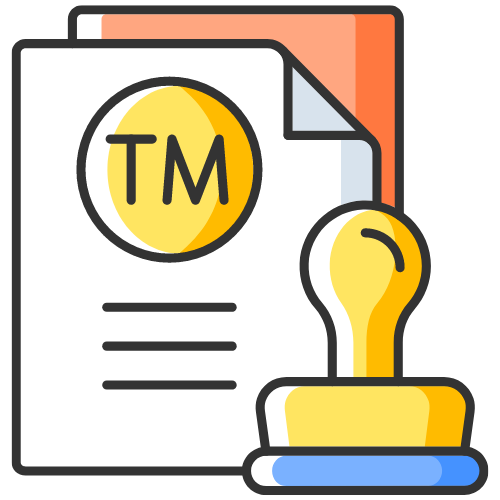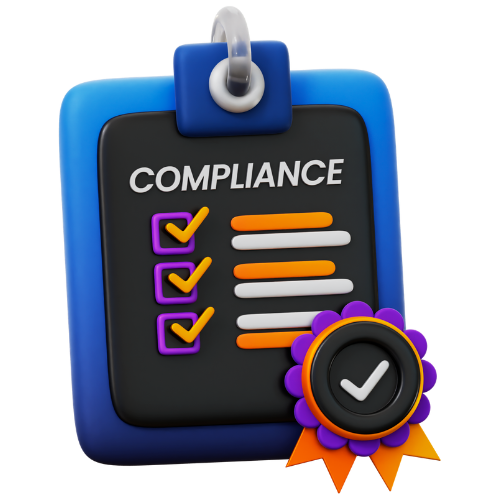Top Tips for Managing TDS Returns Efficiently
Learn how to efficiently manage TDS returns with these top tips. Stay compliant with tax regulations and streamline your TDS filing process for smooth and hassle-free operations.
Top Tips for Managing TDS Returns Efficiently
Tax Deducted at Source (TDS) is a system introduced by the Indian government to collect taxes at the source from where an individual's income is generated. TDS is applicable to various incomes such as salaries, interest earned, commission received, etc. Any person making a payment is required to deduct tax at the source and deposit it with the government. TDS returns need to be filed periodically to report these deductions to the income tax department. Efficient management of TDS returns is essential for staying compliant with tax regulations and ensuring smooth operations. Here are some top tips to help you manage TDS returns efficiently:
1. Understand Tax Regulations
It is crucial to have a thorough understanding of the TDS provisions and regulations laid down by the income tax department. Stay updated with the latest amendments and notifications to ensure compliance with the law. Being aware of the rates of TDS applicable to different incomes and the due dates for filing returns will help you avoid penalties and interest on late payments.
2. Implement Proper Systems and Processes
Invest in efficient TDS management software or systems that can help streamline the process of deducting, depositing, and filing TDS returns. Automation can significantly reduce the chances of errors and save time and effort in manual data entry and calculations. Establish clear processes for TDS compliance within your organization to ensure that all necessary steps are followed correctly.
3. Maintain Accurate Records
Keeping accurate records of TDS deductions, payments, and filings is essential for efficient TDS management. Ensure that all relevant documents such as TDS certificates, challans, and returns are properly maintained and readily accessible for scrutiny by tax authorities. Regularly reconcile TDS data with the books of accounts to identify and rectify any discrepancies.
4. Cross-Verify TDS Data
Before filing TDS returns, cross-verify the data to ensure accuracy and completeness. Check for any discrepancies in the TDS amounts deducted, deposited, and reported in the returns. Reconcile the TDS data with the Form 26AS available on the income tax department's website to avoid any mismatches that could lead to scrutiny by tax authorities.
5. Timely Filing of TDS Returns
Adhere to the due dates for filing TDS returns to avoid penalties and interest. Ensure that TDS returns are filed accurately and on time to prevent any compliance issues. Set reminders for the due dates and plan ahead to avoid last-minute rush and errors in filing TDS returns.
6. Seek Professional Help if Needed
If you find TDS management to be complex or time-consuming, consider seeking professional help from tax consultants or experts in the field. They can provide valuable insights and assistance in managing TDS efficiently and ensuring compliance with tax regulations. Outsourcing TDS management to professionals can help you focus on your core business activities while leaving the tax compliance to experts.
7. Conduct Regular TDS Audits
Regularly conduct internal audits of TDS transactions and processes to identify any discrepancies or errors. An audit can help in detecting and rectifying issues proactively, thereby reducing the risk of penalties or scrutiny by tax authorities. Reviewing TDS compliance periodically can also help in improving processes and avoiding common errors.
8. Stay Informed about Changes
Keep yourself updated with any changes in tax laws or regulations related to TDS. Subscribe to newsletters, attend seminars or webinars, and engage with tax experts to stay informed about the latest developments in the field of TDS management. Being aware of changes in tax regulations will help you adapt your processes and practices accordingly.
9. Train Employees on TDS Compliance
Ensure that your employees handling TDS compliance are well-trained and updated on the latest tax laws and regulations. Provide regular training sessions to familiarize them with TDS provisions, filing procedures, and compliance requirements. Empowering your staff with the necessary knowledge and skills will help in efficient TDS management within your organization.
10. Utilize Technology for Efficiency
Take advantage of technology tools and software to streamline TDS management processes. Use accounting software that offers TDS compliance features to automate calculations, filings, and reporting. Embrace cloud-based solutions for secure storage and easy access to TDS data from anywhere. Technology can help in improving efficiency and accuracy in TDS management.
Efficient management of TDS returns is crucial for staying compliant with tax regulations and ensuring smooth operations. By following these top tips and adopting best practices in TDS compliance, you can streamline your TDS filing process and avoid any penalties or scrutiny by tax authorities. Stay proactive and organized in managing TDS to maintain financial compliance and peace of mind.
Latest Updates
ca4filings.com Services




























-registration.png)



